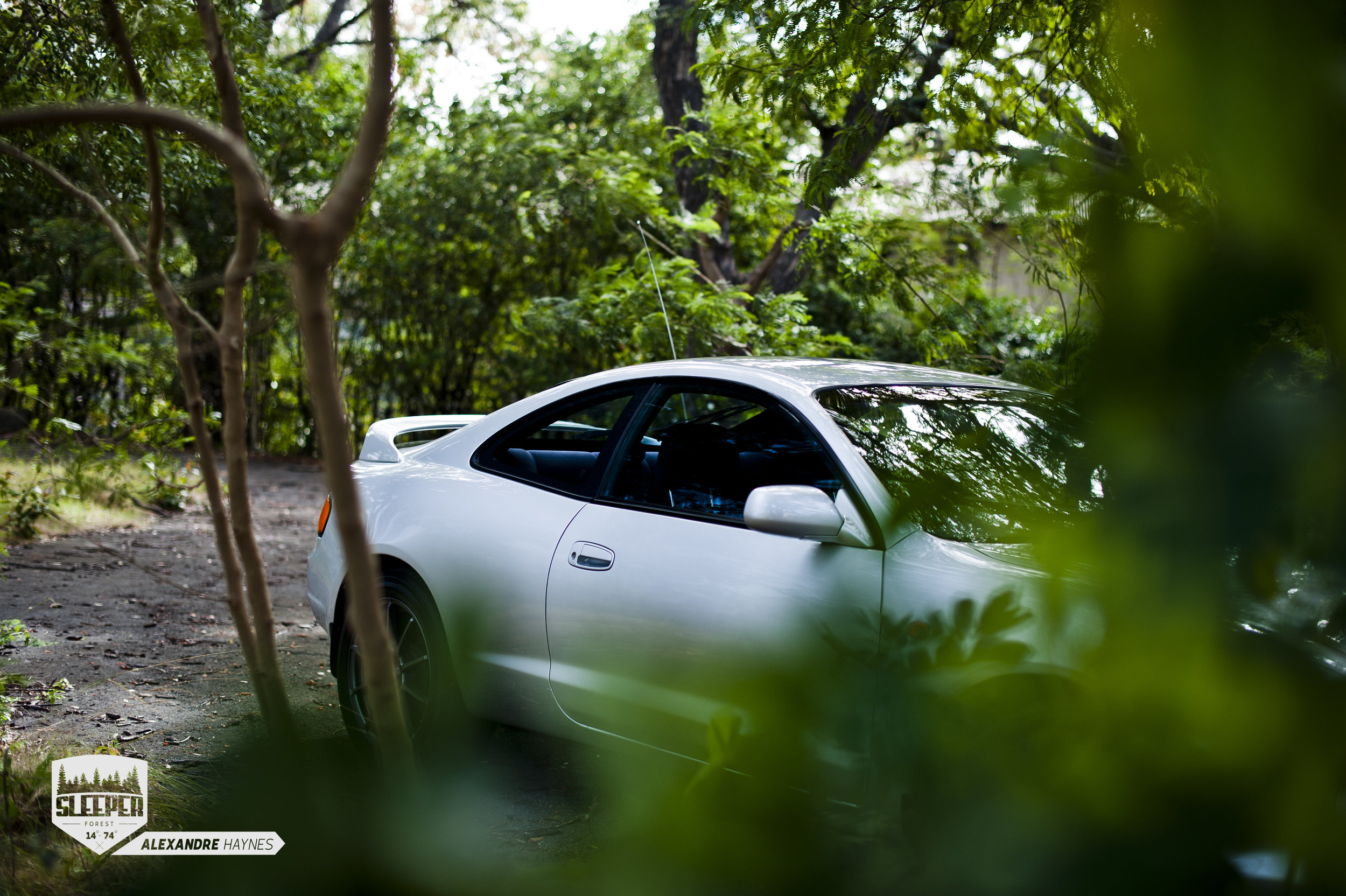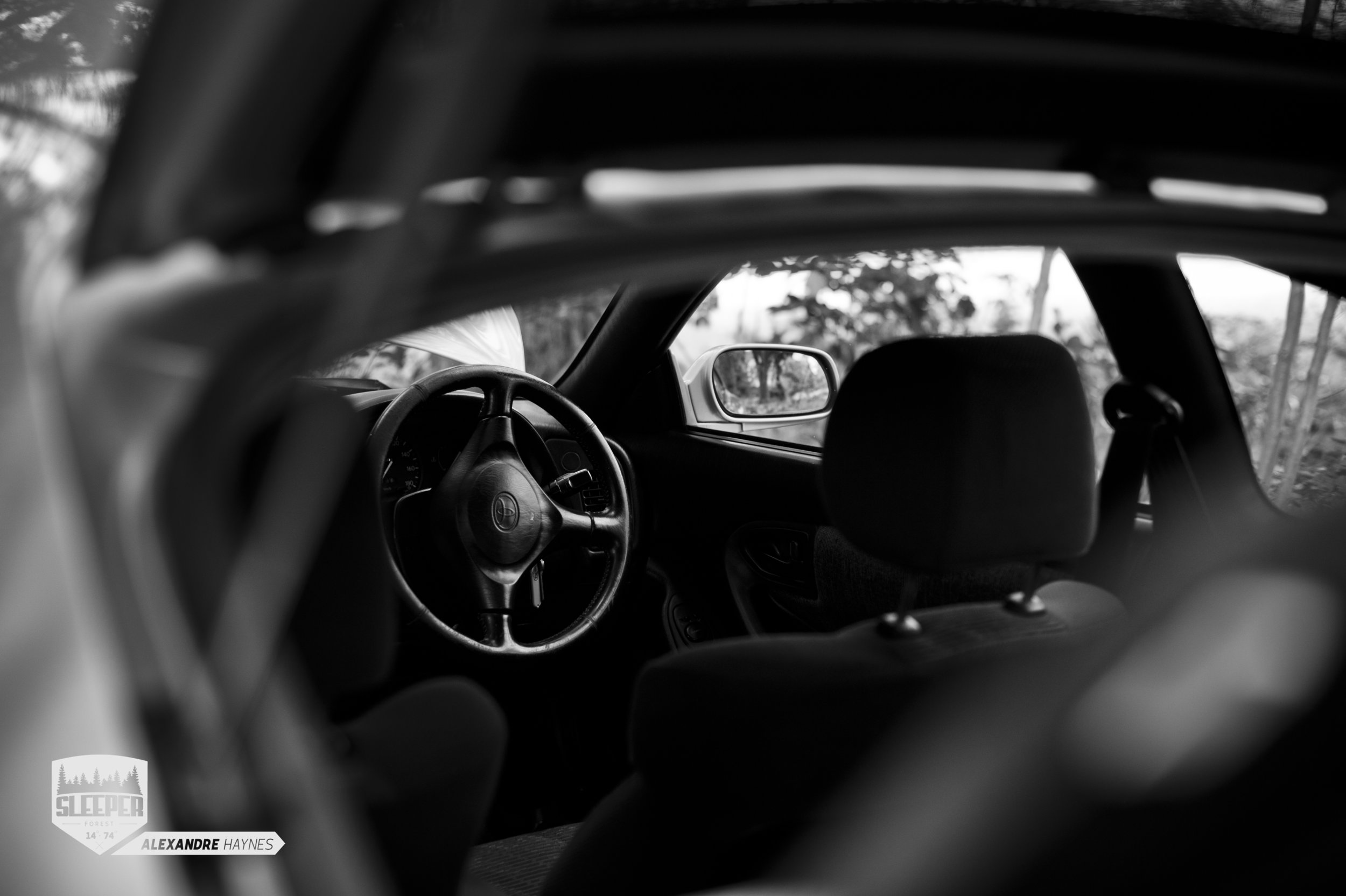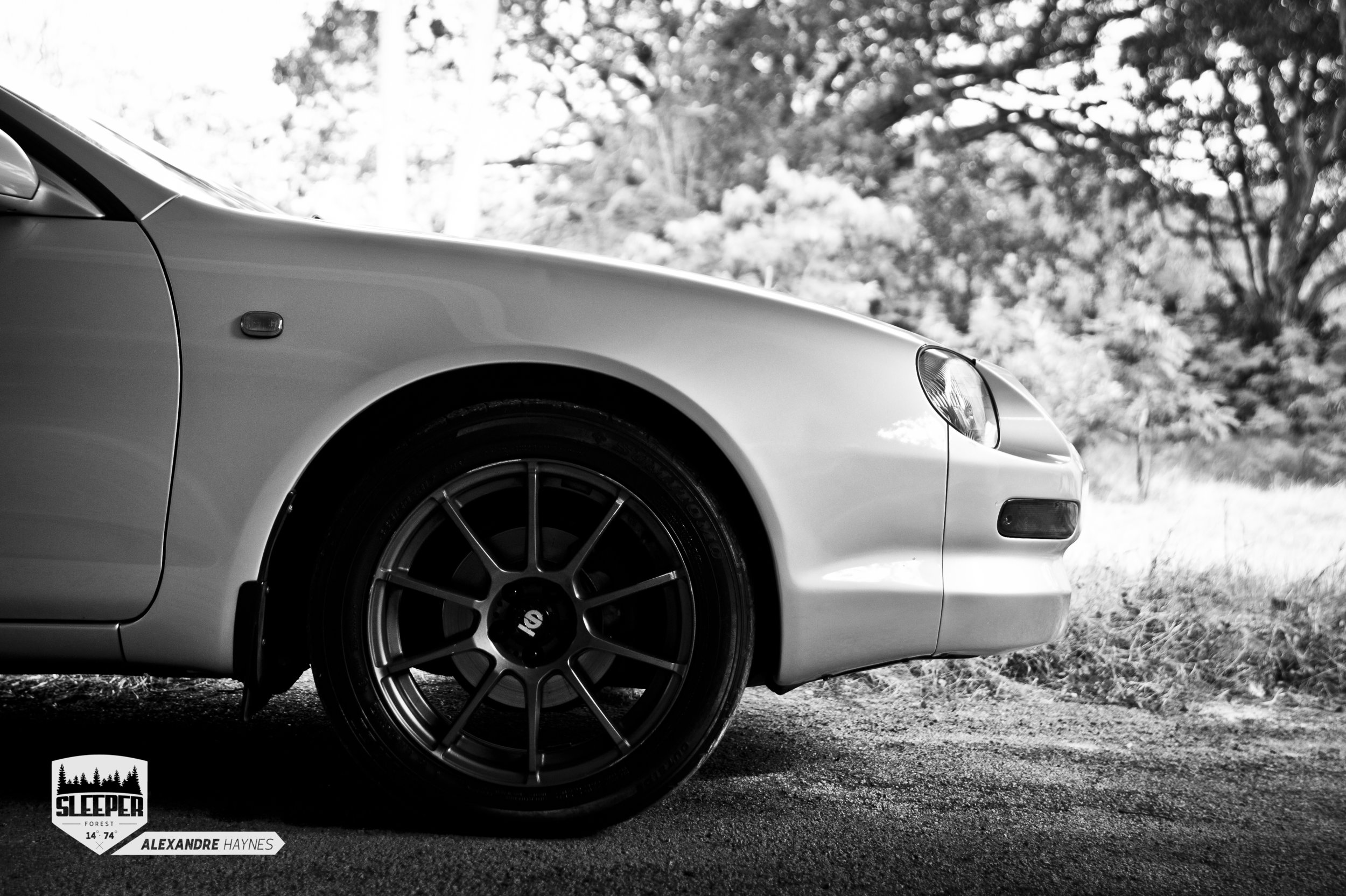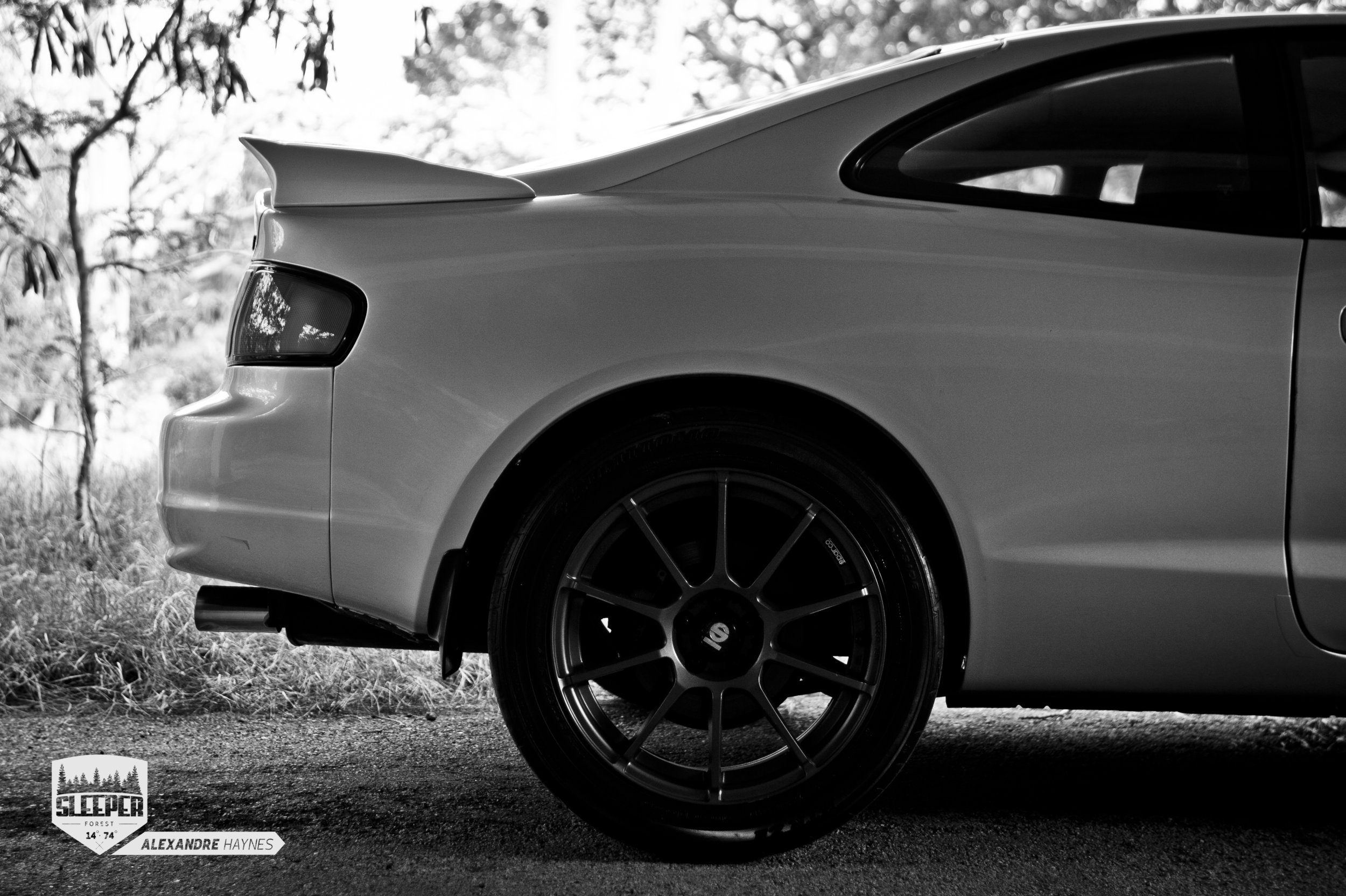A JDM Pony Car
For me it feels like the GT Celica doesn't get enough love, its bigger brother the GT 4 left some really, really huge shoes for it to fill.
The term “Pony Car” is thrown around in reference to the Ford Mustang, but it really became a classification of its own. An unlikely brand, Toyota, decided to pick a spot in this class of vehicle and create a cheap, compact sports car for the masses. This car was not big on power, neither was it big on weight, it was just enough all around for the driving experience, and over the years it’s varying evolutions has stayed true to this principle.
This JDM “Pony Car” is known as the Toyota Celica, or “Celica”, as British or Aussies would call it. It’s name derived from its Latin root meaning Celestial. Going through the history of this car though would take a long time, as the line was established in 1970, with its clear similarities to the fastback Mustang being quite evident. Going into the 90’s however, the Celica over its 5 generations, was really coming into its own, with the offshoot of the Supra Mk 3 and MK 4 being derived from its earlier chassis's as well.
A 90's restomod
This particular Celica didn't always look the way it does now, in fact, the car is actually a full restoration. It'll probably be up for debate in the comment section of the article, saying that buying a Celica GT is a waste of time. For me it feels like the GT Celica doesn't get enough love, its bigger brother the GT 4 left some really, really huge shoes for it to fill.
The GT isn’t a turbocharged car, it isn’t 4WD, and it isn't amazingly fast, but it’s special in a lot of respects. Toyota brought their expertise to this car as well when it was being developed, and although it may be considered down on power, it's really high on fun.
It utilizes the same powerplant found in the Toyota MR 2 and an older version of the same motor found in the JDM Toyota Altezza. It's naturally aspirated 3SGE engine behaves more like a 4AGE with a lower torque band but the power is still high up in the rev range. It's a momentum car. Fortune favors the brave when you want to get the most out of this car.
The Celica GT's chassis also benefits from the GT4, although the rear subframe is a bit different, it's wheel arches and layout is basically the same as its homologation variant meaning it feels like well balanced and well put together car. Changing the standard 15-inch road going wheels with larger 16-inch wheels really set it off.
Looking ahead
JDM cars are having a hard time in many ways attaining a Classic status, and it seems like some of them have to work twice as hard as many other cars from other regions. What's contributing to the value of JDM cars though, are actually what's going toward their detriment, it's really an oxymoron in it's greatest form. Modders have taken every clean slate and written all over it. JDM cars have been praised for being fun to mod, and fun to change, to the point that finding some models like this Celica in it's purest form unmolested is next to impossible.
JDM cars are also subject to fads. The internet moves in cycles, finding one model after the other where all models are used up and it's on to the next one. So the next time you see those 10 mm spacers on E-bay, or you see that "Cold Air Induction" mod coming your way, don't do it. Enjoy what you have, or mod your car in a more tasteful way, because you may be sitting on the next gold mine.
Happy Motoring! - Alex.
Additional Images
Let's never forget the process
Habits which make us successful at what we want to accomplish. So our habits if we keep them in check can bring us success. This requires discipline, attention to detail, mindfulness, and perseverance.
Habits, they make us who we really are. If they are good habits they can help us to be successful if they aren't good habits they may keep in the same place all the time or maybe even bring us down.
Success surely is a learned behavior, when we think of success, people usually associate it with habits. Habits which make us successful at what we want to accomplish. So our habits if we keep them in check can bring us success. This requires discipline, attention to detail, mindfulness, and perseverance.
How can this be related to Motorsport? A well working machine requires these same qualities if it is to work. I was given the opportunity to watch these habits in practice when I went to visit the Neil Corbin Racing Team, working on their rally car, preparing it for some development as the season this year got started.
Neil Corbin, the driver of this Toyota Starlet, has been rallying since 2003, with this same machine I might add. This car has been through a lot in its development. Neil started in the SOL Barbados Rally event. He basically jumped head first into the deep end of the pool. This being his first rally event, he pushed hard through the stages, but after an afternoon shower, he acquired his DNF from a tree spectating the event.
Warming the engine oll, so it flows out the engine when it's drained.
This didn't deter Neil though, and 15 years later, he's still here, his car has been through a ton of changes since then. He's built his reputation as a driver not to be reckoned with.
The idea goes around that if you think you are good at driving you'll do well in Rally, I mean it seems pretty obvious right? But that's not the case. Driving is only really one aspect of Rally, driving may even be the smallest aspect of a Rally. Neil has over the years along with his team developed habits which have made them successful in this grueling Motorsport. I was able to have a look behind the scenes at what some of these habits were. Today they were taking the engine out of the car so it could be worked on, he was going to make some changes, in an effort to get as much power and reliability out of it.
It started with warming the oil up in the car so it would flow freely from the engine. Once that was flowing they set up the drain and let that flow as they did a bolt check on the car. Bolt checks on a rally car are the most important parts of maintenance. As the car vibrates on the stage, it basically shakes itself loose, so constant bolt checks ensure important mechanical parts stay together and the car makes it through.
At the heart of Neil's Starlet, sits a 20 valve 4A-GE engine. The versatility of this engine never ceases to impress me. Those huge ITB's and the straight 3” stainless steel exhaust give a hearty scream as he rises through the rev range.
The motor has been through a ton of work, all the internals are now forged and compression has been raised, the engine has been built by Peter Hinkson, here in Barbados, the yellow color stands as a visual code for the engine size and level of modification it has gone through so Peter can keep track of it. Porting and Polishing the engine has been the job of Kurt Ward, he fine tunes the built engine. Jason King maps the engine using Mega-squirt 3 engine management.
Ceramic Coated Piston
The Pistons are ceramic coated to survive the heat and demands needed from it, as it powers through the rally stages. This engine makes around 195 hp and it a screams, a lot!
Looking under the car, the 6 speed tractive sequential gearbox sits attached to the 4A-GE engine via an adapter plate, this one was fabricated in Ireland for this particular use. Over the years, the modifications to the car adds up. Its wheelbase has been extended to that of the AE86, and its rear axle is now a Winters Performance Spool axle rear axle. This behaves like a a welded differential helping the car with cornering making it more predictable in the corners on uneven surfaces.
Even small things like weight distribution has been given attention, allowing it to be as close to 50/50 distribution as possible. Stopping the car is the job is a set of twin piston 300 mm AP racing discs at the front and pair of single pistons at the rear. Reiger's suspension at the rear of the car, and Bilstein's at the front allow the car to be fine tuned for optimum stability.
Neil and Shaun make quite the team.
The process continued with the removal of the driveshaft so the gearbox could be disconnected from the engine, as well as the exhaust down-pipe. This gives clearance for the engine to be removed from the bay. They were taking things a bit easier as there wasn't a rally event in progress.
“Whats your dream car?”
“This, maybe you know, a Supra with 2 step or something would be nice, but I bought 3 of these so I think it’s a Starlet.”
Being able to watch Neil and Shaun work together on this car, really brought things into perspective for me. Onlookers tend to take the amount of work and development for a rally car for granted. Neil has worked on this car tirelessly over the years of his rally career and he hasn't given up.
It gives testimony that our habits have a direct effect on the outcome of our actions. For Neil, he has been successful in his career due to the good habits he has developed into a process. This process though unseen comes to light for a few split seconds while he's screaming past you at the rally stages. Lets never forget the process, amazing things always take a little time.
“Thanks to long-standing relationships with local businesses, they have helped me achieve my goals and without them, we couldn’t be racing. Companies like Nassco, H Jason Jones, Auto Solutions, Automotive Art, and Emtage Electric have supported me along the way and they deserve special recognition for supporting local motorsport!”
Thanks to the Corbin Racing Team, for this experience with them! Until next time, this is Alex, Happy Motoring!





























































